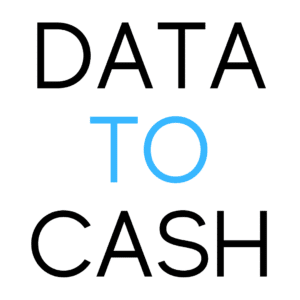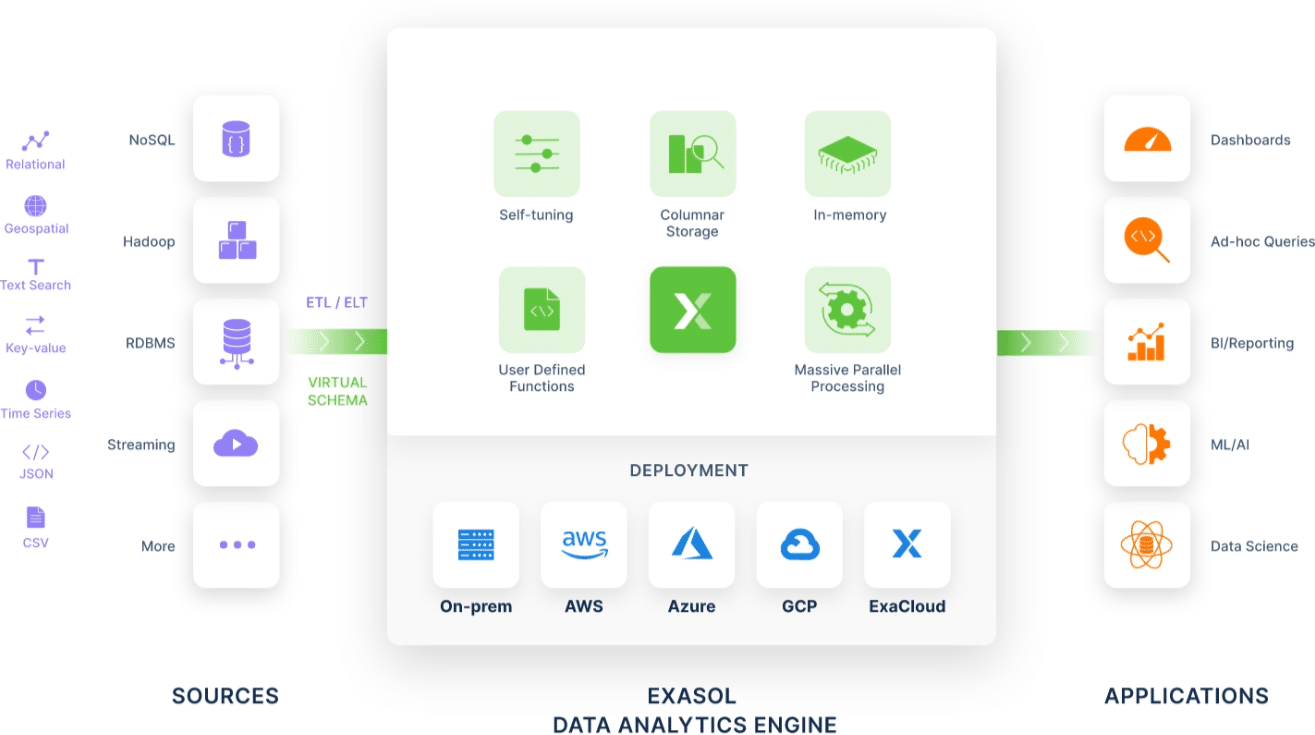DATA TO CASH: Top Tips for Telcos
Derived from a Forrester report from Jennifer Belissent entitled ‘Telecom Operators Must Embrace The Data Economy’

Introduction
How do you monetise your data? There are two main ways to do this:
- Try to leverage on the value of data insights to generate new revenue streams.
- Reduce your organisational costs and make smart investments.
A lot of new revenue streams for Telcos are based on AI and analytics. Network providers will often see patterns when observing the ways in which their content is delivered around the globe, there is value to be found in these patterns, as it provides insight into trends in users’ behaviour and movements. Correlations between the network signals of millions of users can help network providers to adapt to current popular interests and demands, but these insights can also be sold to other organisations to enable their decision making processes.
Reducing organisational costs can be achieved by automating operations, applying AI and Machine Learning to improve operational efficiencies is how a lot of organisations are transforming today and ultimately making greater returns. Making smart investments depends on your company’s ability to identify and correctly address the needs of your customers so that labour and resources are focused on areas where they will have the greatest impact on customers. Delegating spending to where it is most needed not only improves operational efficiency, but will yield the rewards of improved customer advocacy, and in turn, more returning customers.
In this article, we will provide some examples of how Telcos can generate new revenue streams, reduce costs using AI and Machine Learning, and give guidance on making smart investments.
New revenue streams
Due to having a data-oriented approach, cloud-native CSPs are inherently well versed in the collection, analysis and monetisation of customer data. They can use this knowledge to provide a wide range of offerings that aren’t exclusively connectivity services.
If you intend to sell data to other organisations, it is important to understand the applicable use cases for this data, so that you can present it in a way that shows what kind of knowledge can be gained from it. Telco network data can be of great use to decision makers across industries, it is vital to transform your raw data into meaningful insights, speeding up time to value of introducing or updating products and services. It is also very important to communicate what data is collected and keep privacy of data owners at the centre of every service. Data should always be anonymised to avoid privacy concerns.
Here are some use cases for Telcos to sell their data, and some examples of solutions that can generate new, useful data across industries:
Public services: Governments and international organisations can use knowledge gained from data patterns to strategically avoid public safety hazards and the spread of viral infections. By defining the patterns in movement of people in a certain area, these organisations can identify what guidelines should be put in place to minimise risk.
Healthcare: The sharing of data in the healthcare sector allows multiple services to benefit from the findings of a single patient record, this ultimately has a huge impact on reducing hospital admissions, as it enables care workers to provide better care at home. Vodafone UK are helping to keep patients, clinicians and care facilities connected with their IoT solutions, allowing care givers to monitor the condition of their patients with software that is integrated with the patients’ devices.
Advertising: Advertisers can benefit from aggregated group insights to target relevant people who may be passing certain advertisement screens, planning advertisement campaigns based on when the adverts are visible to high numbers of people who will likely be interested in the product.
Transportation: Transportation authorities can track the ways that people commute to work using Telco network data, helping them to optimize routes, plan new locations for stations, bridges, roads etc. City authorities can observe traffic patterns by paying attention to movement flows of people, using this to implement schemes for managing congestion during peak-times.
Insurance: Vodafone Automotive provide a service in which they provide an analytic record of drivers’ behaviour, collected from a black box installed in their car. This involves getting the data from that box, analysing in big data analytics platforms and delivers insights to insurance companies on whether the driver is driving safely and proficiently.
Fleet management: With the use of IoT devices, Telcos can provide a service in which they offer a telematic tracking device to be used in conjunction with a portal app, delivering analytics from data collected by the device. Verizon Connect provide fleet management solutions with customizable GPS tracking, offering dashboards, reports and alerts to drivers, and compiling a near real-time, 360-degree view of a fleet’s daily operations.
Introducing operational efficiency to reduce organisational costs and make smart investments
The use of your company’s own data should be included in conversations about improving performance and reducing costs – there should be systems in place to value your data, so it is understood internally and externally what this data can be used for. Data can be a valuable asset, so it is wise to keep inventory of your data, keeping record of where it resides, its potential value and its relevance.
Here are some examples of ways you can apply AI and Machine Learning to your operations to reduce organisational costs:
- Introduce real-time processing of alarms in your network and IT systems wherever possible, using AI to trigger certain actions to resolve anomalies.
- Use chatbots to handle customer queries and complaints until it is determined which area of expertise they are in need of, and the customer can be put through to the correct operator. This should be as simple a process as possible for the customer, i.e. presenting them with contextually optimized and personalised conversation topics that they can choose from.
- Identify patterns in the data so that you can do root cause analysis, identifying and fixing problems before they become an issue for the customer.
Here are some ways to use AI and Machine Learning to make smart investments:
- Use AI to drive network investment and reduce operational costs.
- Optimise your network investment for the custom impact by identifying where customers use all the data and what the existing challenges are those customers are facing.
- Use Machine Learning so that processes are constantly optimising based on data analysis, changing over time to give the optimum solution to your goal.
So, what should my organisation focus on?
- Ask your customers what their business needs are, so as to understand which insights will best help them achieve their objectives – work with them to define requirements based on defined use cases, and come up with more relevant insights so that your intelligence-related initiatives are helping to address specific challenges.
- Focus on crowd insights and keep data anonymous.
- Integrate your data with your partners’ data so that you can offer more in depth insights to customers. Partnering with other insights providers can grant opportunities to get your data to market, as data can increase in value the more ways it is utilised, and the more insights that can be obtained from it.
- For repeatability and scalability, it is best to generalise when drawing insights.
You need to enable your organisation to seamlessly access all of its data, this can be done with powerful analytics platforms, we recommend Exasol‘s analytics database. Exasol fits into any data environment – below is a diagram that demonstrates the compatibility, functionality and deployment options for Exasol’s powerful database platform.

Image credit: Exasol
Our partner Bruhati have a successful track record in helping organisations through their Architecture Maturity Journey and enabling them to become fully digital. For more information and a FREE consultation please visit www.bruhati.com or contact sales@bruhati.com.
Feel free to comment and subscribe to be notified when a new article is published.


